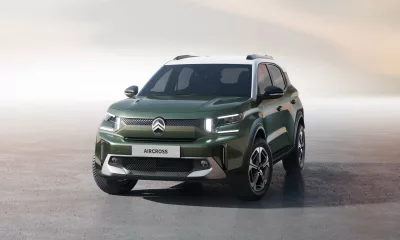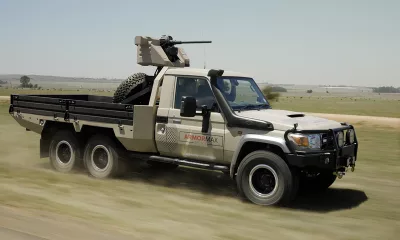
We pore over the fascinating car collection of the father of South African drag racing…
I’ve never seen anything like it. As I walk into the large workshop, there are no fewer than three extreme dragsters: two are equipped with jet engines and the other is a top-fuel racer.
Since 1972, the proprietor of what would become Tarlton International Raceway, icon Mick van Rensburg, has been a petrolhead through and through: “I’ve always had an interest in all things mechanical, be it reconditioning an engine or changing pistons. I studied electrical engineering and did a course at a technikon where I learnt more about diesel engines and power generators.”
Even though Mick and his brother started an engineering business in 1959, he remained passionate about fast cars and wanted to work on them daily. “My first car was a 1952 Oldsmobile Rocket 88, a left-hand-drive V8-engined car.” This is rather appropriate for a guy who would become one of the fastest drag racers South Africa has seen.
It was in these early years Mick became friends with fellow car enthusiasts who wanted to participate in drag races and they started out at Rainbow Drag Strip outside Alberton. During the same time, Mick went to the United States and visited a number of drag-racing events.
“Back then, it was a relatively small industry, but it was growing. I came back and realised I wanted to build my own drag strip.”
It wasn’t easy, though, as the original land was too small for a full strip. In the end, Mick bought more plots to accommodate the entire track but not before having to jump through several hoops and cross red tape to make it all possible.
In 1977, the first race took place at Tarlton and events have been running ever since.
“I started to build drag cars. I imported engines and spares, and one thing led to another.”
It was a big day when Mick’s first jet car arrived in South Africa. However, it wasn’t easy to purchase.
“I had to learn how these machines were built, how to start them and obviously how to pilot them. I had to get a racing licence in the USA and participate in the States before taking delivery of the car in South Africa.”
It proved a challenge to export a military-grade engine from the USA into South Africa. Mick fondly remembers the first time they fired up the jet car at Tarlton: “Never before had one of these cars been seen or driven locally. The first day, we merely started the engine for a few minutes and let the afterburners do a few burner pops. Shortly after, a fleet of police cars was at my gate; they wanted to know where the explosions were coming from.
“The next day, we had all the media here for an official start of the car. The moment I did the first afterburner pop, everyone ran in different directions.
“[Driving it] is an intense experience. The first 100 metres, you don’t go that fast, but from then until the moment you brake, the acceleration is immense. You pull around 4 to 4,5 Gs and accelerate past 400 km/h before you activate the parachute. The first time we blipped the throttle of the top-fuel dragster running on nitro, it was a sound to remember. Folks were able to hear the jet car up to 13 km away and the top-fuel engine they could hear a further two kilometres away.”
While the current 400-metre South African record is held by a top-fuel dragster (driven by his son, Nico) that’s sitting in this workshop, Mick’s own record in a jet-propelled car makes for fascinating reading: 5,941 seconds and 455 km/h, set on 31 May 1993.
“Power is my motto,” Mick says. “How much power you can get out of the engine and the engine’s efficiency … these are my main passions.”
The collector
Mick van Rensburg (80) is still involved in his workshop and loves anything motoring-related. He built up his collection from a young age by regularly attending police auctions and buying a number of Harley-Davidsons. The oldest car in his current collection is a 1940 Buick eight-cylinder sedan.




